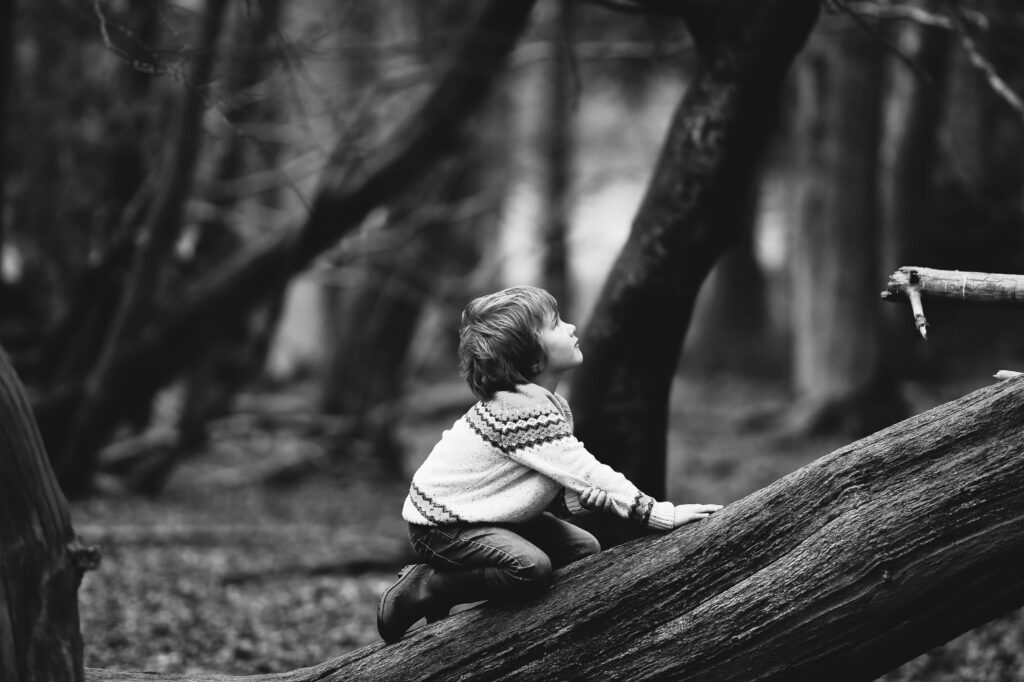Parents like us have to tackle a number of challenges, a new one for me was trying to work out where an autistic child might hide?
My circumstance led to quite an anticlimactic situation of finding my daughter in our shed but it gave me the idea for the article.
Autistic child hiding
Some autistic children seek out spaces or activities that provide them with a sense of safety and comfort.
Here are some potential hiding places where an autistic child might seek refuge:
Small spaces
Some children with autism might be drawn to small spaces that provide a sense of security. This could be under a table, in a closet, or behind a piece of furniture.

Outside
The outdoors can be a calming and soothing environment for some autistic children. They may seek out a treehouse, a tent, or a quiet spot in the backyard/garden as a hiding place.
Quiet rooms
Many children with autism may find comfort in quiet so may gravitate towards libraries in school or offices at home as a place to escape.
Try to think of somewhere where noise is at a minimum but it is still familiar to your child.
Lofts/attics
Some autistic children may get a little bit more adventurous with their hiding spots.
If a loft is accessible it may be a favourite place for your child what with it being quiet and secluded.
Under bedsheets
Beds are often sanctuaries for children with autism and it is common for them to hide under covers.
Sometimes my daughter for example will hide under her sheets with something like a torch or flickering led toy.
Cupboards
Don’t underestimate your child’s abilities to get into some tiny places. Cupboards can also be used as hiding places.
This would be made more likely if your child had a fascination with some of the objects inside.
Cars
Depending on your child’s level of understanding, he or she may have noticed how you unlock your car.
A quiet and empty car is somewhere familiar and secluded so may appeal to your child.
In the bath
Admittedly this is probably one of the easier places to find your child but again it may appeal.
Baths could provide an echo like drum feedback which your child may find soothing, so it is worth a look.
Behind doors
Your child may have noticed that a good hiding place.is behind open doors.
These areas are hidden away but easily accessible so they may like to quickly nip in there.
Anything else to consider?
It is important to note that every child with autism is unique. Some children with autism may not have a strong need to hide at all, while others may have very specific preferences for certain types of spaces.
It is also important to remember that hiding can be a coping mechanism for children with autism who are experiencing stress or anxiety, and it should be approached with empathy and understanding.
Summary – Where would an autistic child hide
An autistic child may hide in a variety of places depending on their individual quirks and preferences.
It is important to create a safe and supportive environment for children with autism, where they feel comfortable expressing their needs and seeking out the support they need to thrive.

